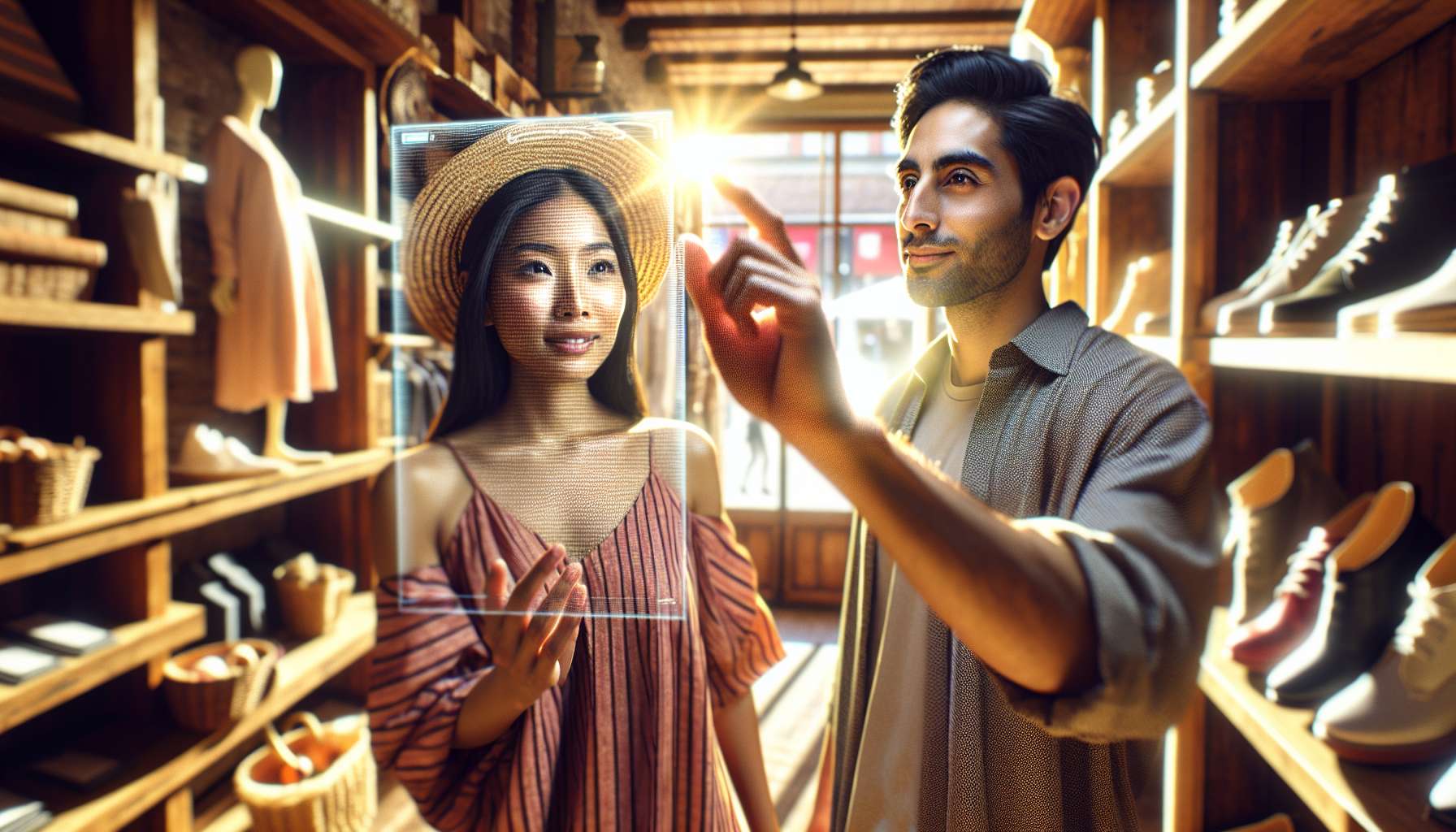Enhancing the In-Store Shopping Experience with Augmented Reality
As technology continues to evolve, businesses are constantly seeking innovative ways to enhance the traditional in-store shopping experience. One such technology that has gained significant attention in recent years is augmented reality (AR). By blending the digital world with the physical environment, AR has the potential to revolutionize the way we shop. In this article, we will explore the various applications of AR in retail and how it can transform the in-store experience for both customers and businesses.
1. Virtual Try-Ons
One of the most exciting applications of AR in retail is virtual try-ons. Traditionally, customers would have to physically try on clothes, accessories, or makeup to see how they look. However, with AR, customers can now use their smartphones or tablets to virtually try on products in real-time. By overlaying digital images onto the user’s live video feed, AR allows customers to see how a particular item would look on them without actually wearing it. This not only saves time but also provides a more personalized and convenient shopping experience.
2. Product Visualization
Another way AR is transforming the in-store experience is through product visualization. With AR-enabled devices, customers can scan products or use QR codes to access additional information, such as product specifications, customer reviews, or even interactive 3D models. This not only helps customers make more informed purchasing decisions but also creates a more engaging and immersive shopping experience. For example, a furniture store could use AR to allow customers to visualize how a particular piece of furniture would look in their home before making a purchase.
3. Guided Shopping
AR can also act as a virtual shopping assistant, guiding customers through the store and providing personalized recommendations. By using location-based services and object recognition, AR can help customers navigate the store, locate specific products, and even suggest complementary items based on their preferences and purchase history. This not only enhances the overall shopping experience but also increases customer satisfaction and loyalty.
4. Interactive Marketing
AR opens up new possibilities for interactive marketing campaigns within the retail space. Brands can create AR experiences that engage customers and encourage them to interact with their products. For example, a cosmetic brand could develop an AR app that allows customers to virtually apply different shades of makeup or experiment with different hairstyles. By gamifying the shopping experience, brands can increase customer engagement and create memorable experiences that drive sales.
5. Data Analytics and Personalization
AR in retail also offers valuable data analytics and personalization opportunities. By tracking customer interactions with AR experiences, businesses can gather valuable insights into customer preferences, behaviors, and shopping patterns. This data can then be used to personalize future shopping experiences, offer targeted promotions, and improve overall customer satisfaction. For example, a clothing retailer could use AR data to recommend outfits based on a customer’s style preferences and previous purchases.
In conclusion, augmented reality has the potential to revolutionize the traditional in-store shopping experience. From virtual try-ons and product visualization to guided shopping and interactive marketing, AR offers a wide range of applications that can enhance customer engagement, increase sales, and drive business growth. As technology continues to advance, we can expect to see even more exciting developments in the field of AR in retail. So, if you’re a business executive looking to stay ahead of the curve, it’s time to explore the possibilities of blending augmented reality with traditional in-store shopping.





